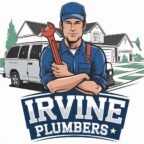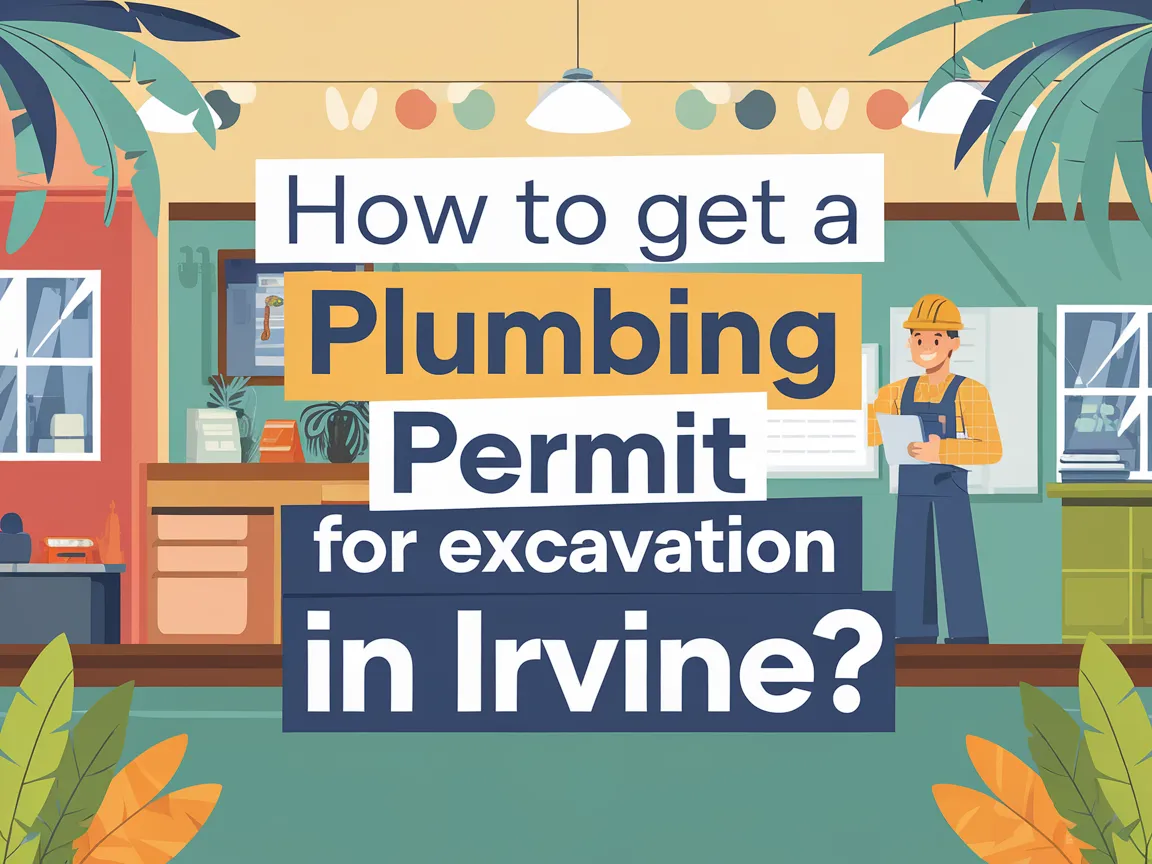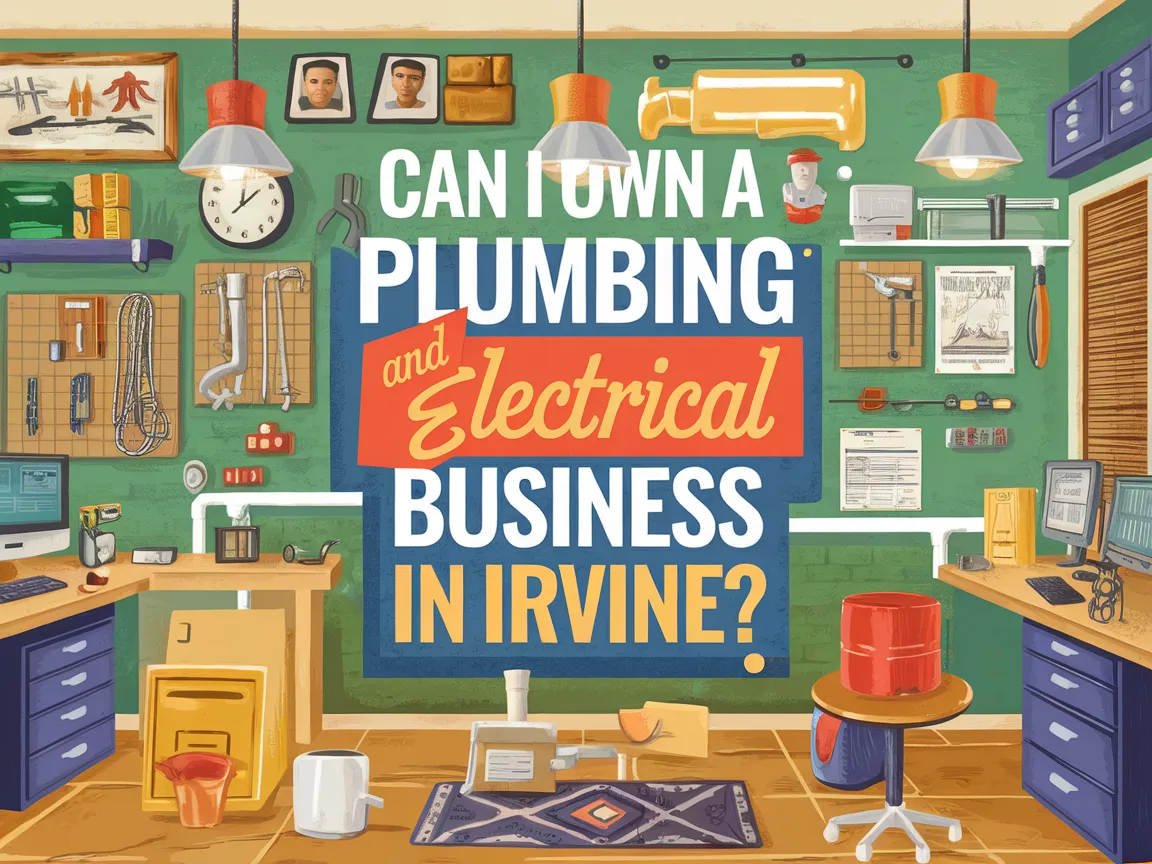What is a Bushing in Plumbing?
Last Updated: February 27, 2025
A bushing is a small fitting used in plumbing. It helps connect two different sizes of pipes together.
One of the top questions I get from DIY enthusiasts is what is a bushing in plumbing. From my own experience, I know how essential it is for smooth plumbing projects, and I’m here to help you understand its importance.
This article will cover what a bushing is, how to use it in plumbing, factors that affect its cost, special considerations for usage, and when consulting a professional is a good idea.
Table of Contents
- What is a Bushing in Plumbing?
- What is a Bushing?
- Before You Start Understanding Bushings in Plumbing
- How to Use a Bushing in Plumbing
- Common Materials Used for Bushings in Plumbing
- Typical Applications for Bushings in Plumbing
- How Bushings Impact Water Flow and Pressure
- Special Considerations When Using Bushings in Plumbing
- Types of Bushings in Plumbing
- Bushing Selection Criteria in Plumbing
- Comparing Bushing Material Types
- Frequently Asked Questions About Bushings in Plumbing
- Final Words: The Importance Of Bushings in Plumbing
- Additional Resources
What is a Bushing in Plumbing?
A bushing in plumbing is a small fitting used to connect pipes of different sizes. It’s designed to reduce the pipe diameter while providing a secure seal. You’ll often see bushings made of brass or PVC. This helps maintain proper water flow in your system. If you’re wondering about specific installation costs for outdoor plumbing fixtures like hose bibs, plumber rates can vary significantly.
What is a Bushing?
A bushing is a small fitting used to connect different-sized pipes, allowing you to adapt HDL (High-density Polyethylene) or PVC (Polyvinyl Chloride) pipes securely. Typically, these fittings can shrink from a larger diameter to a smaller one—ranging from 2 inches (5.08 Cm) to ½ inch (1.27 Cm) within the same assembly—which comes in handy for various plumbing situations. When working with pipe fittings, it’s crucial to understand the legal requirements for professional plumbing installations.
I found it really useful during a recent project at a friend’s home in Irvine, where we tackled the pipework for a water heater. This bushing fitting helped streamline the plumbing layout and made those connections work seamlessly. As for costs, you can usually snag one for about $1 to $10, depending on the material and size. It’s an affordable hack without sacrificing quality, especially when you consider factors like the $PASF (Plumbing Appliance Service Fee) for installations. When working with complex plumbing systems, understanding the nuances of plumbing basics and DIY can make a significant difference.
Before You Start Understanding Bushings in Plumbing
What do you need to get started on understanding bushings in plumbing? Let’s break it down together!
- Bushing Fittings: You’ll need bushing fittings, like those from the Reliance or Lasco brands. They’re essential for effectively connecting different threaded pipes.
- PVC Pipe: Grab some PVC pipes, such as Charlotte Pipe Schedule 40 PVC. It’s key for creating a solid framework wherever you plan to use the bushing.
- Teflon Tape: Stock up on white Teflon tape for thread sealing. This tape helps prevent leaks in your plumbing connections.
- Pipe Wrench: Don’t forget a quality pipe wrench, like the RIDGID. You’ll need it to tighten everything securely and avoid damage.
- A Level Tool: An adjustable level, like a Johnson Level & Tool, ensures proper alignment when installing pipes. I’ve been down this road before, and it’s a total game-changer.
We have now covered the basics of bushings in plumbing. Next, we’ll explore how to effectively use them.
Also See: Can Plumbing Vent Pipe Have 90 Degree Turns?
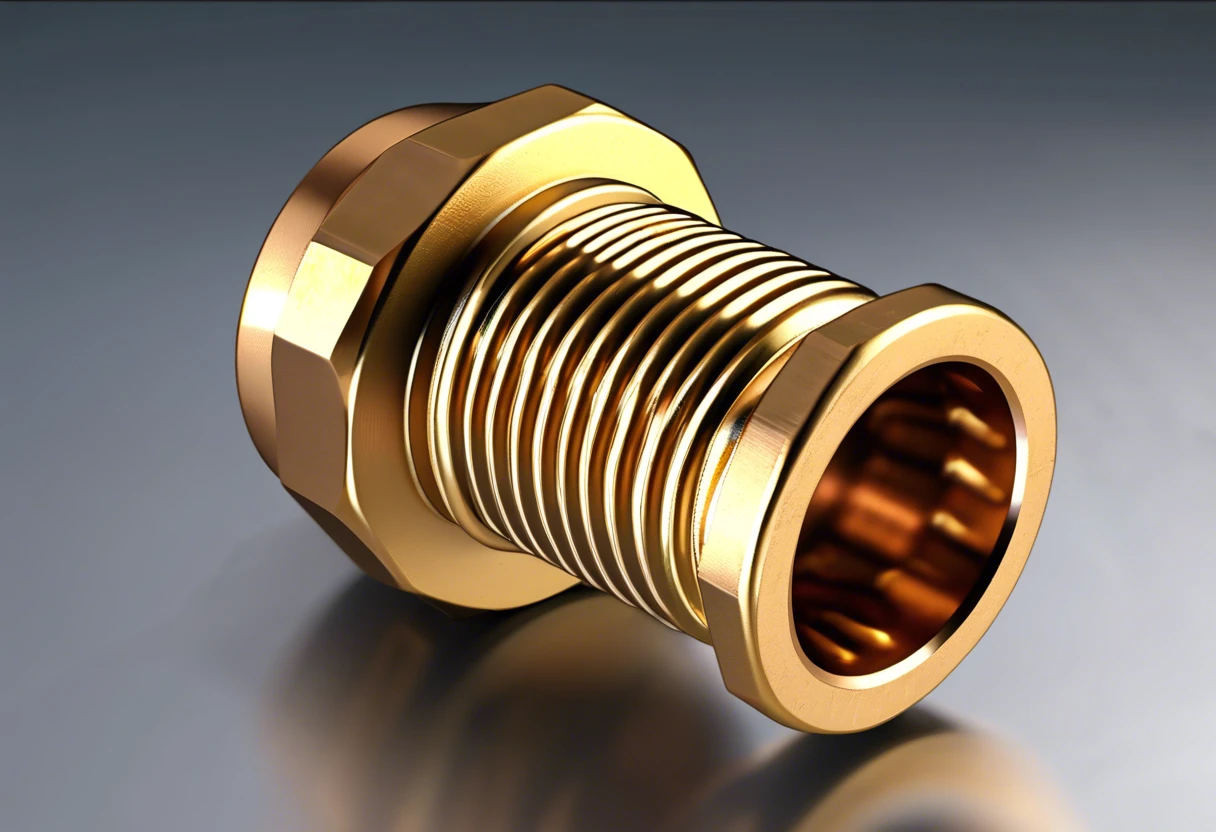
How to Use a Bushing in Plumbing
Now, let’s cover steps on effectively using a bushing in plumbing connections. This can be a lifesaver for many homeowners here in Irvine.
-
Identify the Correct Type Of Bushing
Choose between PVC and metal bushings based on your existing plumbing setup. For instance, if you’re working with PVC pipes, go for a PVC bushing to avoid dissimilar materials causing leaks. When unexpected pipe issues arise, knowing how to handle critical plumbing emergency situations can save you from potential water damage.
A variety of sizes exists, and longer bushings can fit a larger diameter pipe. Measure carefully; the inside diameter (ID) and outside diameter (OD) should always match the pipe you’ll be connecting. When selecting the right bushing, professional plumbers recommend precise measurements to ensure a perfect fit and prevent potential leaks in your plumbing system connections.
-
Prep the Fitting Surface
Make sure the pipe and bushing surfaces are clean and free of debris before you start. Here’s a tip I’ve picked up from years of plumbing: wipe the ends with a cloth to make sure all grease and dirt are off! When preparing pipe connections, plumbers often recommend additional diagnostic techniques to ensure system integrity. You might want to explore advanced plumbing inspection methods for comprehensive system evaluation.
If you’re connecting two sections, consider using primer and solvent cement to secure the bushing properly. The right materials will create a tight seal and help prevent leaks in the long run.
-
Install the Bushing Properly
Apply solvent cement to the inside socket of the bushing and the end of the pipe you’re connecting it to. You only need about 1 to 2 ounces (30-60 Ml)—too much can create messy joints.
Firmly push the bushing onto the pipe, giving it a slight twist to coat the surfaces evenly. Hold the pieces together for about 30 seconds, or until the bond starts to set.
-
Allow Proper Curing Time
After installation, let the joints set before using the plumbing system—typically around 24 hours in warmer weather. Cooler temps can extend this curing time by several hours. If you’re curious about specific technical details like VTR in plumbing systems, professional plumbers can clarify these nuances.
This waiting period allows the adhesive to reach its maximum strength, making future plumbing work more reliable. Trust me, my own experience taught me that patience during this step pays off big-time, preventing unexpected leaks down the road! When planning complex repairs, it’s crucial to develop a strategic plumbing approach that accounts for proper curing times and optimal installation techniques.
Pro Tip: Always keep a variety of bushings handy—they’re total game-changers for quick fixes in plumbing around OC homes!
We’ve wrapped up how to use a bushing in plumbing. Let us turn our attention to common materials used for bushings.
Common Materials Used for Bushings in Plumbing
Knowing the materials used for bushings can significantly affect your plumbing projects. Here’s a quick overview of common materials and their unique features.
| Material | Durability | Best Applications | Price Range |
|---|---|---|---|
| PVC | Moderate | Residential water supply and drainage | $2 – $10 |
| Brass | High | High-pressure water systems and gas lines | $5 – $15 |
| Copper | Very High | Hot water applications and high-heating areas | $10 – $25 |
| Stainless Steel | Very High | Corrosive environments and outdoor installations | $15 – $30 |
We’ve wrapped up the various materials utilized for bushings in plumbing. Let us turn our attention to their common applications.
Typical Applications for Bushings in Plumbing
Understanding where bushings are commonly applied can help you with your next DIY plumbing project. Here are some typical scenarios.
- Connecting Different Pipe Sizes: Use bushings to connect a larger pipe, like a 3-inch (7.62 Cm) mainline to a smaller 1-inch (2.54 Cm) kitchen drain.
- Outdoor Irrigation Systems: When installing sprinklers, bushings adapt varying pipe sizes to maintain proper water pressure.
- Hot Water Systems: Copper bushings are often used in hot water applications, where durability under high temperature is key.
- Gas Lines: Brass bushings can connect gas lines, ensuring safe and effective fuel delivery.
You should now have a good understanding of common plumbing applications for bushings. In the next part, we’ll discuss their effect on water flow and pressure.
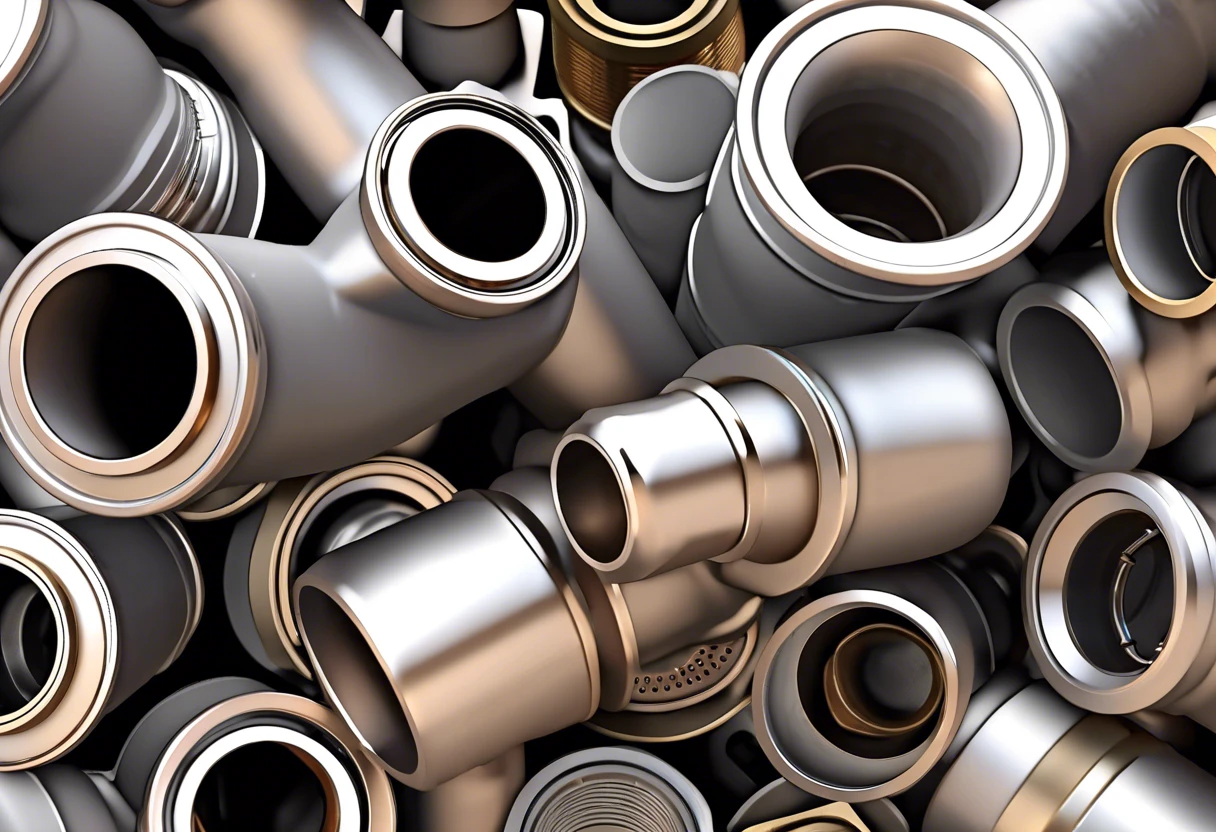
How Bushings Impact Water Flow and Pressure
It’s crucial to understand how bushings can affect water flow and pressure in your plumbing system.
- Flow Restriction: When you reduce the pipe size using a bushing, you potentially restrict flow, which can lower water pressure. Choose sizes wisely!
- Pressure Regulation: Using appropriate bushings can help regulate pressure in your system, preventing bursts or leaks. Plumbing pros always consider this!
- Leverage Change: Improper bushings might lead to increased friction, causing pressure drops— affecting how fixtures function in your home.
Special Considerations When Using Bushings in Plumbing
This section outlines key factors for using bushings effectively in your plumbing.
- Pressure Rating: Make sure your bushing can handle your system’s pressure. For residential use, select bushings rated for at least 140 psi (0.965 Mpa).
- Material Compatibility: Use brass or plastic bushings based on the fluid types. For water lines, standard polyvinyl chloride (PVC) and copper work well together.
- Temperature Limits: Know that PVC can warp under high temperatures (Over 140°F or 60°C), while brass handles higher temps effectively.
- SI and American Units: When measuring sizes, use standard dimensions like ½ inch (12.7 Mm) and ¾ inch (19.05 Mm) for compatibility.
- Correct Fit: Ensure proper sizing to prevent leaks. Misfits can cause costly water damage.
Types of Bushings in Plumbing
Understanding different types of bushings helps you choose the right one for your plumbing job. Let’s dive into the most common types available.
- Threaded Bushings: Used for connecting pipes with threads, these fittings screw onto existing pipes for a secure fit.
- Reducer Bushings: Specifically designed to connect pipes of different diameters, ensuring a smooth transition between sizes.
- Slip Bushings: These allow for easy installation by sliding directly onto the pipe, great for quick connections.
- Drain Bushings: Found commonly in drainage systems, they adapt pipe sizes to facilitate efficient flow.
Bushing Selection Criteria in Plumbing
Selecting the right bushing isn’t just about price. Here are key factors to consider.
- Pipe Material: Ensure your bushing matches the material of your pipes, like PVC or brass, to prevent leaks.
- Pressure Rating: Consider the pressure requirements of your system; pick bushings rated for higher pressures for safety.
- Compatibility With Fluids: Analyze the fluids that will flow through the pipes. Some materials resist corrosion, while others do not.
- Temperature Tolerance: Check the temperature limits of the bushing—especially important for hot water applications!
Comparing Bushing Material Types
Here’s a quick comparison table of popular bushing materials used in plumbing.
| Material | Advantages | Disadvantages | Best Uses |
|---|---|---|---|
| PVC | Lightweight, cost-effective | Less durable, can warp under high temperatures | Low-pressure systems |
| Brass | Strong, resistant to corrosion | More expensive than plastic | Hot water, gas lines |
| Copper | Long-lasting, very strong | Higher cost, requires soldering for connections | High-temperature applications |
| Stainless Steel | Highly durable, resistant to rust | Costly, can be overkill for basic needs | Outdoor plumbing, corrosive environments |
Frequently Asked Questions About Bushings in Plumbing
What Are the Different Types Of Bushings Used in Plumbing?
There are several types of bushings used in plumbing, such as threaded bushings, reducer bushings, and slip bushings. Each type serves specific plumbing applications, whether it’s connecting different pipe sizes or reducing flow rates, which can avoid costly mistakes during installation.
How Do I Choose the Right Bushing for My Plumbing System?
Choosing the right bushing for your plumbing system depends on the pipe sizes and the type of fluid you’re handling. Accurate pipe measurements ensure a secure fit, minimizing leaks or pressure issues—a common problem for many homeowners in habitats like Irvine. If you’re unsure about complex gas line installations, consulting a professional professional gas line installation can provide expert guidance.
Can I Replace a Bushing Myself?
Yes, you can replace a bushing yourself if you’re comfortable with DIY plumbing. It’s straightforward; however, be sure to turn off your water supply first and use Teflon tape for threads to ensure a leak-free seal. A weekend project, and you’ll feel stoked once it’s done right!
What Are Common Problems With Plumbing Bushings?
Common problems with plumbing bushings include cracks, leakages, and corrosion, typically from age or material choice. Regular inspections can save you money—an ounce of prevention is worth a pound of repairs, especially in our beautiful Irvine climate. If you’re unsure about handling these issues professionally, you might want to check plumbing license requirements.
How Long Do Bushings Last in Plumbing Applications?
Bushings typically last between 10 to 30 years in plumbing applications, depending on factors like material and water quality. Plastic bushings tend to have a shorter lifespan—make sure to check for decay associated with UV exposure, as noted in Virginia Tech research on lifespan expectations. When examining plumbing connections, you might want to explore the nuances of wet vent plumbing systems.
What’s the Difference Between a Reducer and a Bushing?
The main difference between reducers and bushings is their purpose: reducers specifically change pipe diameter, while bushings connect or transition pipes. Knowing this helps you avoid issues with airflow and drainage when dealing with trickier plumbing setups! When working with different pipe materials, it’s crucial to understand their unique characteristics and pipe material compatibility challenges.
Final Words: The Importance Of Bushings in Plumbing
You made it to the end, and we’ve explored what a bushing in plumbing is, including its definition, function, key insights for usage, cost considerations, and when to seek professional help.
I trust that these insights, drawn from our extensive experience in Irvine, will assist you in your home maintenance. Remember, a bushing plays a crucial role in facilitating smooth transitions in your plumbing system. For further assistance or support, be sure to explore our services.
For more expert advice, visit Irvine Plumbers.
Additional Resources
- Kardon, R., Hansen, D., & Casey, M. (2015). Code Check Plumbing: A Field Guide to the Plumbing Codes. Taunton Press.
- What Are Reducer Bushings and How Do They Work? | Blog- Monroe Aerospace
- Reducing Coupling vs Bushing: What’s the Difference? – MFG Shop
- Bushing – Pipe & Fittings – The Home Depot
Also See: How Long It Takes to Become a Plumber? A Quick Guide
